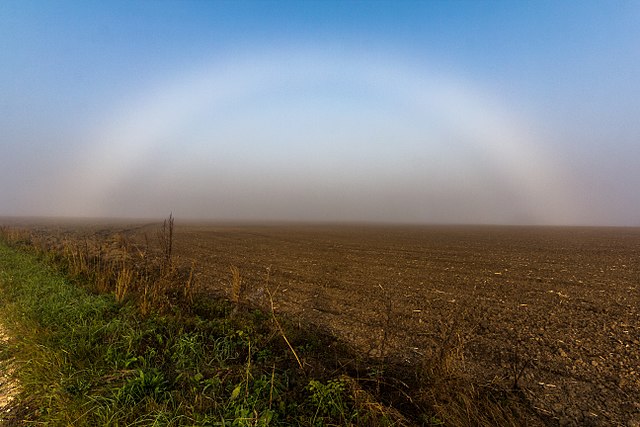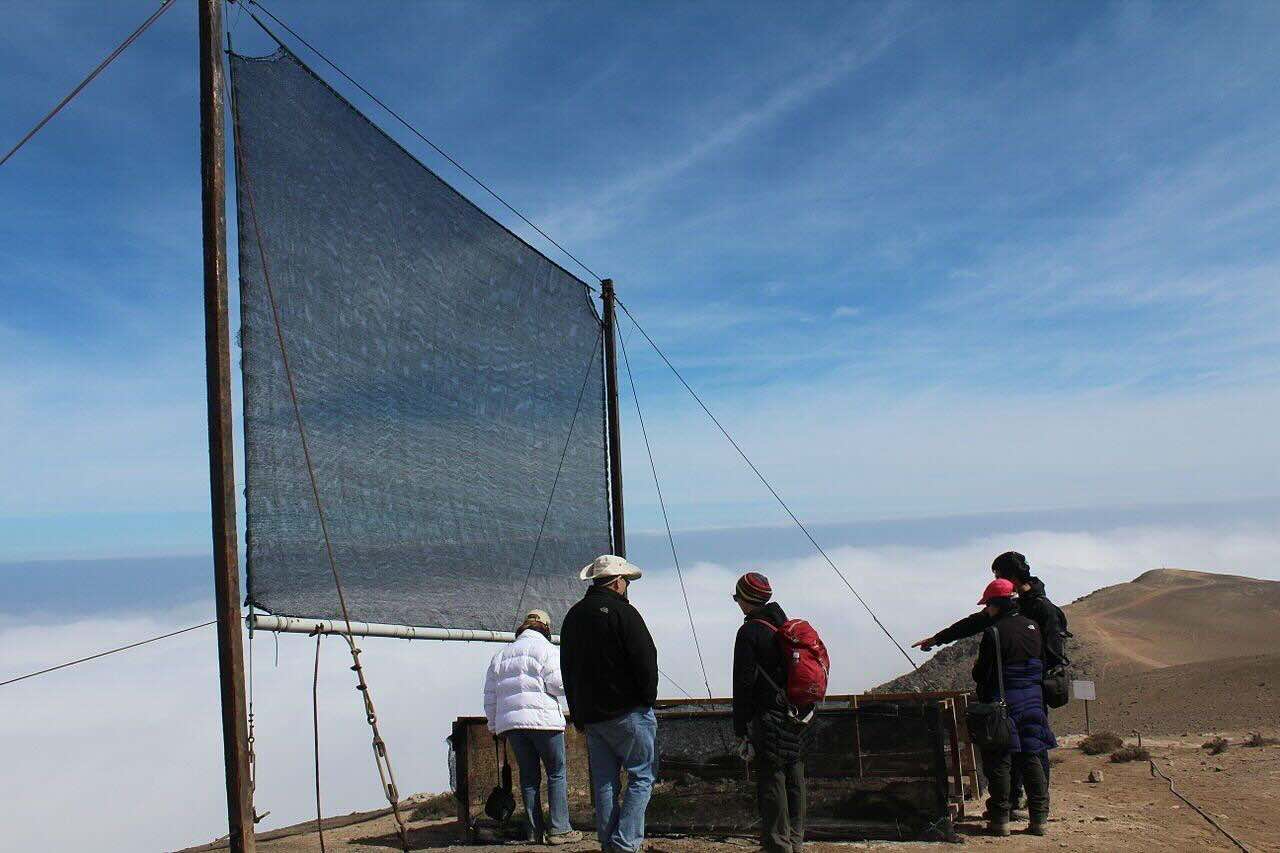Fog: that mysterious blanket of moisture that descends upon the landscape, transforming familiar surroundings into eerie, ethereal dreamscapes. Fog is more than just a nuisance for travelers or a backdrop for horror tales. It also hides many interesting secrets that are waiting to be revealed. So, pull on your metaphorical rain boots and prepare to be surprised by these 10 intriguing fog facts:
1. Not Just Water Vapor
What is fog made of? While water vapor is the main ingredient, it’s not always the whole story. Depending on the types of fog, it can also contain tiny ice crystals, dust, smoke, or even sea salt spray. This mix of elements influences the fog’s appearance, density, and even its name.
2. Sea Fog: From Land to Sea
Fog isn’t limited to terrestrial landscapes. Sea fog forms when warm air travels over cooler water, causing the moisture suspended in the air to condense. This type of fog can shroud vast areas of the ocean, impacting visibility and navigation for sailors.
 Source: FB Coastal Bend Weather Watcher Chrystal Sebring
Source: FB Coastal Bend Weather Watcher Chrystal Sebring
3. Radiation Fog: When the Night Gets Foggy
Radiation fog forms over land on clear, calm nights. As the air near the Earth’s surface cools after sunset, it radiates heat upwards, cooling the air near the ground and promoting condensation.
4. City Fog: Urban Islands in the Mist
Cities create their own microclimates, often conducive to the formation of fog. Cities trap more heat than nearby places because of the heat island effect. Pollution also makes the air dirty. These things can make fog happen more often and last longer in cities.
5. Fog Bows: A Rainbow in the Mist
Did you know fog can create its own rainbows? Fogbows, also known as white rainbows, appear when sunlight or moonlight refracts through tiny water droplets in fog, similar to how rainbows form in rain. However, due to the smaller size of the droplets, the bows appear white or pale, adding an ethereal touch to the misty landscape.
 Source: Juris Seņņikovs, CC BY-SA 4.0, via Wikimedia Commons
Source: Juris Seņņikovs, CC BY-SA 4.0, via Wikimedia Commons
6. Friend or Foe? Fog and Ecology
While fog can disrupt travel and agriculture, it can play a crucial role in ecosystems. It acts as a giant watering can, providing moisture to plants in arid regions. It also supports dependent species like epiphytes (plants that grow on other plants) and insects. Its cooling effect can also moderate temperature extremes, creating microclimates crucial for certain organisms.
7. Fog in Folklore
Fog has long captured the human imagination, weaving itself into myths and legends across cultures. It has been linked to other worlds, from the ghostly beings of Celtic stories to the scary monsters of Norse legends. It became a source of inspiration for artists and writers, making people feel both wonder and fear.
8. Fog Harvesting: Capturing the Mist
With water scarcity becoming a growing concern, scientists are exploring ways to harness the moisture in fog. The fog harvesting techniques use large nets or mesh structures to capture tiny water droplets from the air. This provides a lasting water supply for people who live in dry areas.
 Source: Saffie, N.
Source: Saffie, N.
9. Fog Prediction: Can We See Through the Mist?
Accurate prediction of fog formation remains a challenge for meteorologists. While advanced models and satellite imagery provide valuable insights, the complex interplay of temperature, humidity, and wind makes fog forecasting a tricky business. This uncertainty adds to the element of surprise and intrigue surrounding this mysterious weather phenomenon.
10. Beyond the Gray: Fog Colors
While we typically associate fog with shades of gray, it can actually display a surprising range of colors. Depending on the light conditions and the particles present, it can take on shades of orange, pink, or even green, painting the landscape with an unexpected palette.
Now that you’ve discovered the interesting facts about fog, you know that it’s more than just a blanket of moisture obscuring your view. It’s a complex natural phenomenon with ecological significance, cultural connections, and a scientific story to tell. Fog has many shapes, secrets, and charms. We can see past the mist and find out the amazing things that fog covers.






